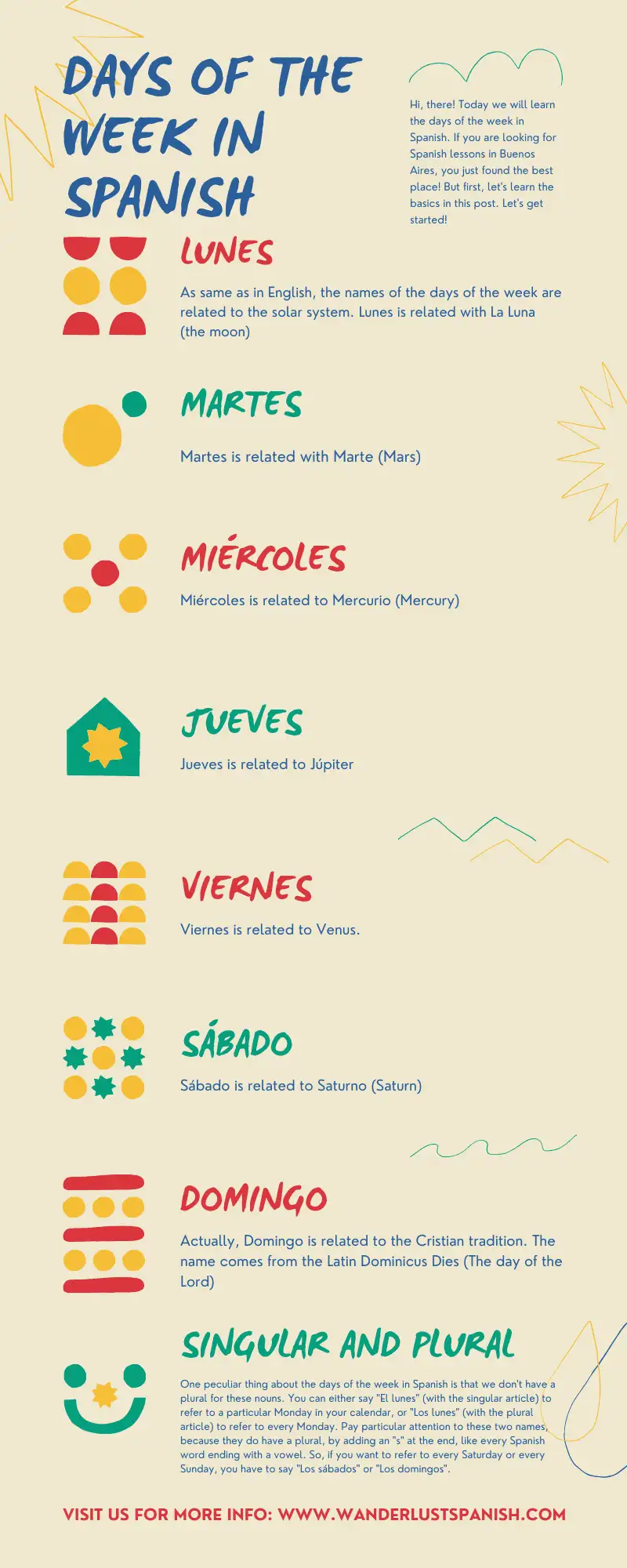Are you ready for an exciting linguistic adventure that involves exploring the nuances of the Spanish alphabet? Learning a new language is like opening a door to a world of possibilities, and understanding its unique alphabet is a crucial step in your journey. In this blog, we’ll embark on a delightful exploration of the Spanish alphabet, highlighting its distinct features and differences from the English alphabet. Get ready to delve into the world of letras (letters) and sonidos (sounds) as we unlock the beauty of the Spanish alphabet.
Demystifying the Spanish Alphabet
Contents
The Spanish alphabet consists of 27 letras (letters), which is one more than the English alphabet. ¿Por qué? (Why?) Because Spanish includes the letter “ñ,” pronounced as “enye,” which represents the “ny” sound you hear in words like “jalapeño” or “baño.” This unique letter adds a touch of flair to the Spanish language, and it’s essential to include it when learning to read and write in Spanish.
Spanish Alphabet Pronunciation: A Musical Twist
One of the most fascinating aspects of the Spanish alphabet is its consistent and straightforward pronunciation. Unlike English, where letter sounds can vary significantly depending on context, Spanish offers a more phonetic approach. Each letter typically represents a single, specific sound, making it easier for learners to pronounce words accurately.
Let’s take a look at some examples. The letter “c” in Spanish is pronounced as “ce,” much like the English letter “s.” So, when you see words like “casa” (house) or “ciudad” (city), you’ll pronounce them as “kasa” and “thi-oo-dad,” respectively. This clarity in pronunciation is a relief for language learners, as it minimizes the guesswork often associated with English pronunciation. Plus, mastering the sounds of the Spanish alphabet adds a musical quality to your speech that’s both enjoyable and melodic.
Putting the Spanish Alphabet into Action
Now that we’ve explored some of the key differences between the Spanish and English alphabets, you’re well-prepared to embark on your journey into the Spanish language. At Wanderlust Spanish School, we embrace the joy of learning and the beauty of language. Our passionate teachers are here to guide you through the fascinating world of Spanish, where each letter and sound contributes to the melodic tapestry of communication.
Whether you aspire to converse with locals in Buenos Aires or immerse yourself in Latin American culture, learning Spanish opens doors to new opportunities and experiences. So, come join us at Wanderlust Spanish School, where we’ll explore the Spanish alphabet together, one letter and one sound at a time. ¡Vamos! (Let’s go!)
The Roles of “C” and “G” in Spanish
In English, the letters “c” and “g” can have multiple sounds depending on their position in a word. In Spanish, these letters are more consistent. “C” is typically pronounced like “k” when it precedes “a,” “o,” or “u,” but it sounds like “s” when it appears before “e” or “i.” Conversely, “g” is pronounced like “g” in “go” when it comes before “a,” “o,” or “u,” but it transforms into a soft “h” sound before “e” or “i.” This consistency simplifies pronunciation for Spanish learners and contributes to the musicality of the language.
Diving into Double Letters in Spanish alphabet
Spanish also features a few double letters, such as “ll” and “rr,” which are treated as distinct sounds. This adds a unique rhythmic quality to the language and is crucial for mastering correct pronunciation. You’ll encounter these double letters in words like “llama” (flame) and “perro” (dog).
Silent Heroes: “H” and “U”
While English has its silent letters, like the “k” in “knight” or the “w” in “wrestle,” Spanish has its own set of quirks. The letter “h” is always silent in Spanish words, meaning it is not pronounced. Additionally, the letter “u” is often silent when it appears after “g” or “q.” This silent “u” helps preserve the hard “g” or “k” sound in words like “guerra” (war) or “queso” (cheese).
Accent Marks: Adding Emphasis
Spanish uses accent marks (tildes) to indicate where the stress falls within a word. This emphasis can alter the meaning or pronunciation of words that would otherwise be spelled the same way. For instance, “papa” without an accent mark means “potato,” while “papá” with an accent mark means “dad.” Accent marks are a vital component of proper pronunciation and comprehension in Spanish.
Embrace the Spanish Alphabet with Wanderlust
We hope this journey through the Spanish alphabet has ignited your curiosity and enthusiasm for learning this beautiful language. At Wanderlust Spanish School, we understand that the key to mastering a new language is to enjoy the process. Learning a new alphabet can be a delightful adventure when you have the right guidance and a supportive community by your side.
Our experienced teachers are here to make your language-learning experience in Buenos Aires both educational and fun. Join us at Wanderlust, where every letter of the Spanish alphabet becomes a note in the symphony of your linguistic journey. Dive into the world of Spanish with us, and let’s explore the language, culture, and vibrant life of Buenos Aires together. ¡Hasta pronto! (See you soon!)









